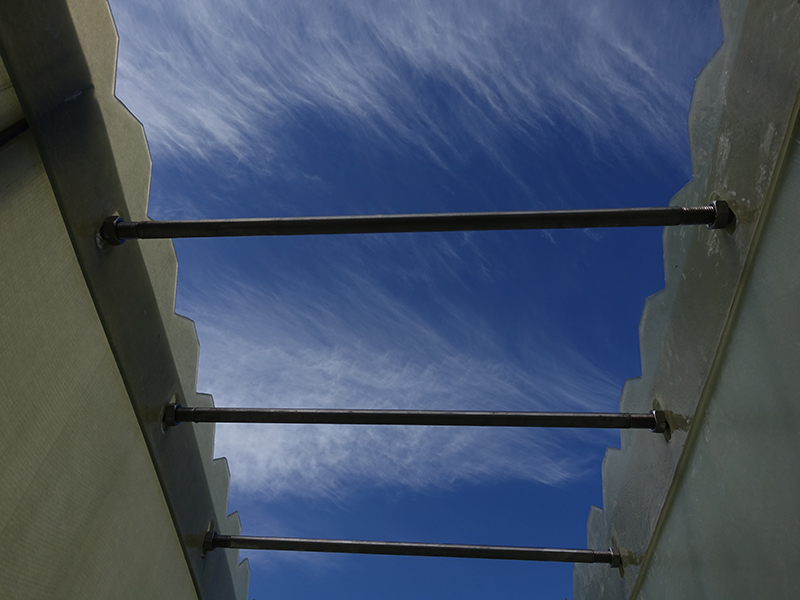
-
 Afrikaans
Afrikaans -
 Albanian
Albanian -
 Amharic
Amharic -
 Arabic
Arabic -
 Armenian
Armenian -
 Azerbaijani
Azerbaijani -
 Basque
Basque -
 Belarusian
Belarusian -
 Bengali
Bengali -
 Bosnian
Bosnian -
 Bulgarian
Bulgarian -
 Catalan
Catalan -
 Cebuano
Cebuano -
 China
China -
 China (Taiwan)
China (Taiwan) -
 Corsican
Corsican -
 Croatian
Croatian -
 Czech
Czech -
 Danish
Danish -
 Dutch
Dutch -
 English
English -
 Esperanto
Esperanto -
 Estonian
Estonian -
 Finnish
Finnish -
 French
French -
 Frisian
Frisian -
 Galician
Galician -
 Georgian
Georgian -
 German
German -
 Greek
Greek -
 Gujarati
Gujarati -
 Haitian Creole
Haitian Creole -
 hausa
hausa -
 hawaiian
hawaiian -
 Hebrew
Hebrew -
 Hindi
Hindi -
 Miao
Miao -
 Hungarian
Hungarian -
 Icelandic
Icelandic -
 igbo
igbo -
 Indonesian
Indonesian -
 irish
irish -
 Italian
Italian -
 Japanese
Japanese -
 Javanese
Javanese -
 Kannada
Kannada -
 kazakh
kazakh -
 Khmer
Khmer -
 Rwandese
Rwandese -
 Korean
Korean -
 Kurdish
Kurdish -
 Kyrgyz
Kyrgyz -
 Lao
Lao -
 Latin
Latin -
 Latvian
Latvian -
 Lithuanian
Lithuanian -
 Luxembourgish
Luxembourgish -
 Macedonian
Macedonian -
 Malgashi
Malgashi -
 Malay
Malay -
 Malayalam
Malayalam -
 Maltese
Maltese -
 Maori
Maori -
 Marathi
Marathi -
 Mongolian
Mongolian -
 Myanmar
Myanmar -
 Nepali
Nepali -
 Norwegian
Norwegian -
 Norwegian
Norwegian -
 Occitan
Occitan -
 Pashto
Pashto -
 Persian
Persian -
 Polish
Polish -
 Portuguese
Portuguese -
 Punjabi
Punjabi -
 Romanian
Romanian -
 Russian
Russian -
 Samoan
Samoan -
 Scottish Gaelic
Scottish Gaelic -
 Serbian
Serbian -
 Sesotho
Sesotho -
 Shona
Shona -
 Sindhi
Sindhi -
 Sinhala
Sinhala -
 Slovak
Slovak -
 Slovenian
Slovenian -
 Somali
Somali -
 Spanish
Spanish -
 Sundanese
Sundanese -
 Swahili
Swahili -
 Swedish
Swedish -
 Tagalog
Tagalog -
 Tajik
Tajik -
 Tamil
Tamil -
 Tatar
Tatar -
 Telugu
Telugu -
 Thai
Thai -
 Turkish
Turkish -
 Turkmen
Turkmen -
 Ukrainian
Ukrainian -
 Urdu
Urdu -
 Uighur
Uighur -
 Uzbek
Uzbek -
 Vietnamese
Vietnamese -
 Welsh
Welsh -
 Bantu
Bantu -
 Yiddish
Yiddish -
 Yoruba
Yoruba -
 Zulu
Zulu
grp chimney
The Importance of GRP Chimneys in Modern Construction
In recent years, the construction industry has increasingly turned to innovative materials that enhance durability, efficiency, and safety. Among these materials, Glass Reinforced Plastic (GRP) has emerged as a viable option, especially for chimney systems. GRP chimneys are rapidly gaining popularity due to their numerous advantages, including lightweight construction, resistance to corrosion, and reduced maintenance needs. This article explores the significance of GRP chimneys in modern construction, their advantages, and their practical applications.
What is GRP?
Glass Reinforced Plastic, commonly known as fiberglass, is a composite material made from a polymer matrix reinforced with glass fibers. This combination provides exceptional strength-to-weight ratios, making GRP an ideal choice for various applications in construction, including chimney systems. GRP’s lightweight nature allows for easier handling and installation, minimizing labor costs and construction timelines.
Advantages of GRP Chimneys
1. Corrosion Resistance Traditional chimney materials, such as concrete, brick, and metal, are susceptible to corrosion over time, especially in harsh weather conditions or industrial environments. GRP chimneys stand out for their resistance to chemical attacks, moisture, and environmental pollutants. This resilience significantly extends the lifespan of the chimney system and reduces the frequency of replacements.
2. Lightweight and Easy Installation One of the most notable advantages of GRP chimneys is their lightweight nature. Compared to traditional chimney materials, GRP is significantly lighter, which simplifies transportation and installation. This characteristic is particularly beneficial in urban areas where structural load limits may be a concern. Less weight also means that the foundation requirements can be less stringent, further optimizing construction costs.
3. Design Versatility GRP can be molded into various shapes and sizes, allowing for flexibility in design. Architects and engineers can create custom chimney systems that meet specific aesthetic and functional requirements. This versatility enables the design of chimneys that seamlessly integrate into the overall architecture of a building.
grp chimney

4. Low Maintenance GRP chimneys require minimal maintenance compared to traditional materials. Their corrosion-resistant properties mean that they do not need frequent painting or sealing. Routine inspections and basic cleaning are typically sufficient to ensure optimal performance, reducing long-term maintenance costs for building owners.
5. Thermal Insulation GRP materials provide excellent thermal insulation, which is crucial for maintaining the efficiency of heating systems. By minimizing heat transfer, GRP chimneys help reduce energy consumption and associated costs, promoting sustainability in modern buildings.
Practical Applications
GRP chimneys are suitable for a variety of applications across different sectors. In residential construction, they are often used for venting gas appliances, ensuring efficient and safe exhaust of combustion gases. In industrial settings, GRP chimneys can handle emissions from manufacturing processes, effectively directing exhaust safely away from work areas.
Furthermore, GRP chimneys are increasingly being utilized in the construction of power plants, wastewater treatment facilities, and other facilities where durable, lightweight, and corrosion-resistant materials are essential. Their adaptability allows them to be used in both new constructions and retrofitting projects.
Conclusion
As the construction industry continues to evolve, the adoption of materials like Glass Reinforced Plastic offers a glimpse into the future of building technologies. GRP chimneys not only provide notable advantages in terms of durability, maintenance, and design flexibility, but they also contribute to environmental sustainability through reduced waste and improved energy efficiency.
In a world that increasingly values innovation and resilience, GRP chimneys stand out as a practical solution to the challenges faced by traditional chimney systems. As awareness of the benefits of GRP grows among architects, engineers, and builders, it is likely that this technology will become a standard choice in modern construction practices, paving the way for safer, more efficient, and aesthetically pleasing buildings.









